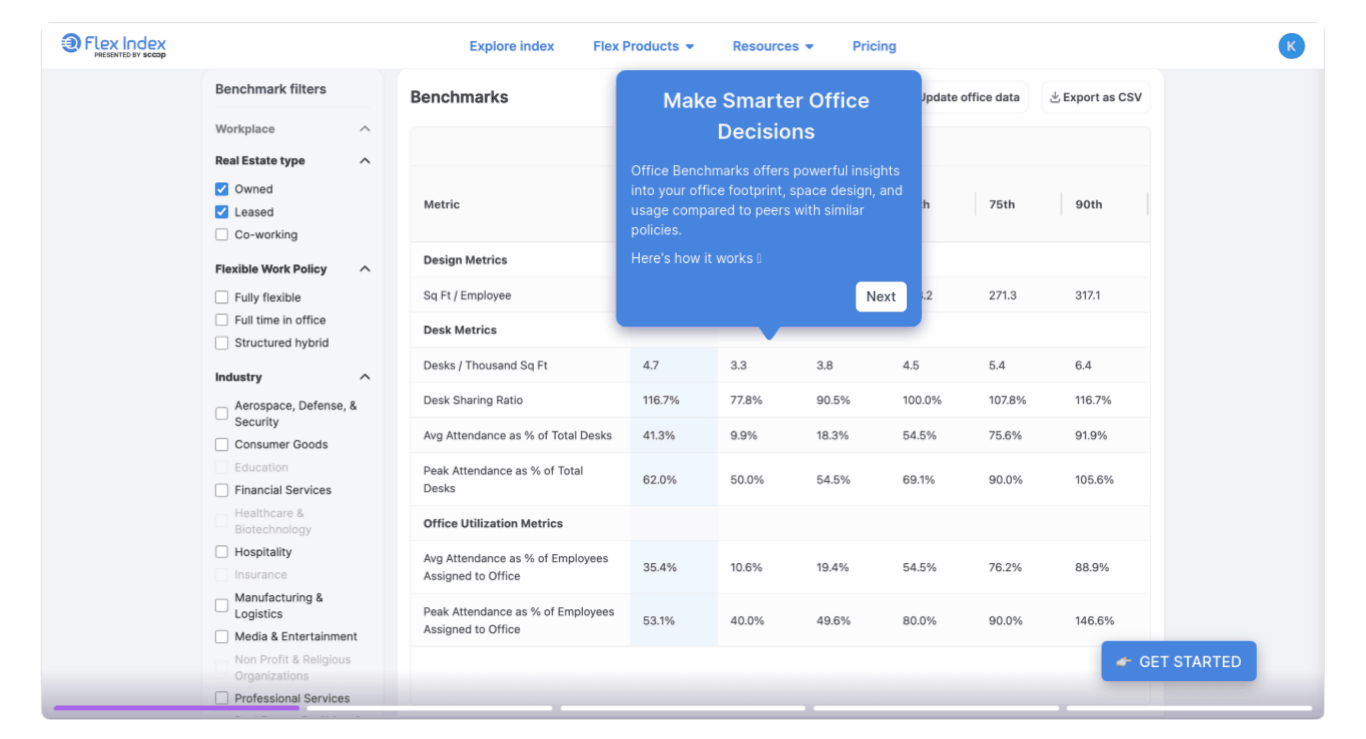The Middle Path: Minnesota's New Hybrid Work Policy
Plus, why your RTO strategy should adapt to different employee demographics
👋 Happy Tuesday! Hundreds of members from the Minnesota Association of Professional Employees (MAPE), the union representing state workers, rallied outside the Governor's mansion on April 2nd to protest the new RTO mandate. Gov. Tim Walz recently announced that state employees would be required to return to the office 50% of the time beginning June 1.
In this week’s edition:
🏢 MN State Workers Hybrid Mandate
📊 Flexibility by Founding Year
💡Rightsizing RTO by Employee Demographics
Current Subscribers: 8,434
Please forward to colleagues and friends! Link to subscribe.
THIS WEEK’S FLEX FOCUS 🔍
Walz Charts Middle Path on RTO Debate with Hybrid Mandate
Minnesota Governor Tim Walz is taking a balanced approach to the contentious RTO debate. His new policy requires state workers to be in-office just half the time starting June 1, creating a middle ground between full remote and complete in-person mandates.
The compromise contrasts with the Trump administration's full-time federal office mandate and California's four-day requirement under Governor Newsom.
Labor representatives have pushed back, with the Minnesota Association of Professional Employees vowing to fight what they view as a unilateral decision.
Market research suggests Walz's hybrid approach may be savvy. Studies show workers are almost equally split in preferences between full-remote, hybrid, and in-office arrangements.
FLEX WORK QUICK HITS 💥
Stay ahead of the curve with our curated roundup of the trending flexible work stories making waves right now. Here's what you need to know 👇
Fortune: Atlassian's remote-forward work policy has led to a surge in job applicants with the company's workforce tripling in size and 91% of employees citing flexibility as a key reason for staying.
SHRM: RTO mandates face significant pushback with 79% of fully remote workers citing their work arrangement as a primary reason for staying at their current job.
The Hill: Data contradicts widespread RTO narrative with government statistics showing remote work actually increased to 22.8% in August 2024 from 19.5% in 2023.
HBR: Harvard professor Prithriwaj Choudhury argues that hybrid work has three distinct models—quarterly, monthly, and weekly—each requiring specific management practices to address isolation, communication, and socialization challenges.
STAT OF THE WEEK 📈
Flexibility by Founding Year
If you're looking for flexible work, you're more likely to find it at companies founded post-2000. Why is there such a big difference?
To answer this question, we explored work location flexibility by the year a company was founded. By understanding whether companies started more recently offer more work location flexibility, we can gain a clearer picture of the future of work location flexibility in the US.
At the time, we found that you're far more likely to find work location flexibility at companies founded after 2000. 82% of Flex Index companies founded since 2000 offer at least some work location flexibility, whereas 53% of companies founded before 2000 offer flexibility.
FLEXPERT INSIGHTS 🧠
The Importance of Adapting RTO Strategies to the Needs of Different Demographics
In a recent Medium post, Dr. Gleb Tsipursky argues that RTO strategies must adapt to workforce diversity. Research shows significant preference differences, with 41% of Gen Z employees wanting hybrid work and 34% of non-Gen Z employees preferring fully remote arrangements.
Organizations that ignore these varied preferences risk reduced employee satisfaction, increased turnover, and loss of diverse talent. Conversely, flexible approaches can enhance engagement and drive innovation through diverse perspectives, with leadership playing a critical role in balancing business needs with inclusive workplace policies.
FLEX PERSPECTIVES 🎙️
ICYMI: Finding Balance: Doist’s Approach to Sync vs Async Work | Chase Warrington
In this episode of Flex Perspectives, Rob Sadow sat down with Chase Warrington, Head of Operations at Doist and a Forbes Business Council member. Chase, a leading authority on implementing and optimizing fully remote work, regularly contributes to prominent remote-work organizations, conferences, and publications.
Check out the full episode to learn:
How Doist employees spend only 2 hrs/week in meetings
Why well-executed fully remote work is not just a cost saver compared to having offices
How to maximize offsite impact by breaking down your time spent together
Also available on Apple Podcasts.
COMPANY SPOTLIGHT ✨
Amkor Technology, Inc. is a leading global provider of outsourced semiconductor packaging, design, and test services, aiming to deliver agile, dependable manufacturing and supply chain solutions developed in close collaboration with its customers. Amkor has production facilities, product development centers, and sales and support offices located in key electronics manufacturing regions in Asia, EMEA, and the USA.
ONE MORE THING 1️⃣
Add your company to Flex Index
Learn about Office Benchmarks
Share this newsletter with friends and colleagues
FLEX INDEX | OFFICE BENCHMARKS
Office Benchmarks offers powerful insights into your office footprint, space design, and usage compared to peers with similar policies. Maximize your workplace potential and make confident, informed investments.









